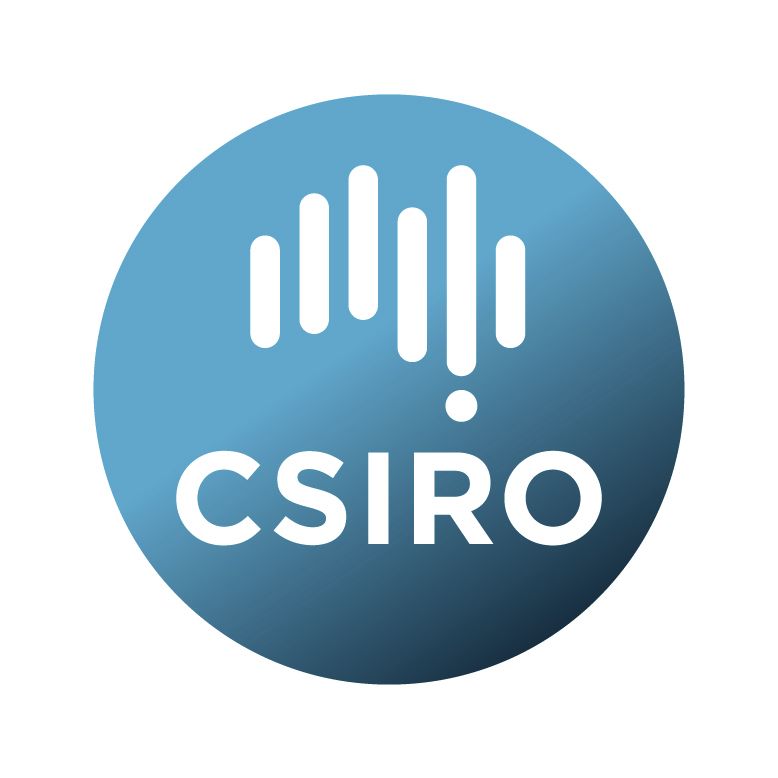Brief description
These contiguous suitable area data are based on the land suitability data from the Southern Gulf Water Resource Assessment in the NT and Qld (SOGWRA). To address operational farming constraints imposed by parcels of suitable land being too small or oddly shaped according to natural variability of land, or physical limits on suitable farming land parcel sizes, contiguous suitable area data was generated. This contiguous suitable area data is based on crop-specific minimum areas and minimum length/width of contiguous suitable land and is produced as standalone data products for all crop groups. The rules are provided for download. The data was generated to remove the component of landscape complexity that natural distributions of soil and land variability and specific crop requirements produce. This data provides improved land evaluation information to identify opportunities and promote detailed investigation for a range of sustainable development options. The land suitability evaluation methods used to produce the underlying data are a modification of the Food and Agriculture Organisation (FAO) land evaluation approach. The land suitability analysis is described in full in the CSIRO SOGWRA published report ‘Soils and land suitability for the Southern Gulf catchments’. A technical report from the CSIRO Southern Gulf Water Resource Assessment to the Government of Australia. The naming convention for these data is; ‘crop group’ underscore ‘major crop’ underscore ‘season code’ underscore ‘irrigation type code’ underscore ‘catchments code’ underscore ‘data type’ eg ‘CG7_CottonGrains_D_Fw_S_ContigArea’ is Cotton and grain crops grown in the dry season with furrow irrigation in the Southern Gulf catchments contiguous suitable area data. The codes for season are; W – wet season; D – dry season; P – perennial. The codes for irrigation type are; S – overhead spray irrigation; T – trickle irrigation; Fd – flood irrigation; Fw – furrow irrigation; R – rainfed. It is important to emphasize that this is a regional-scale assessment: further data collection and detailed soil physical, chemical and nutrient analyses would be required to plan development at a scheme, enterprise or property scale. Several limitations that may have a bearing on land suitability were out of scope and not assessed as part of this activity (refer to the report), these limitations include biophysical and socio-cultural. For example these land suitability raster datasets do not include consideration of the licensing of water, flood risk, contiguous land, risk of irrigation induced secondary salinity, or land tenure and other legislative controls. Some of these may be addressed elsewhere in SOGWRA eg flooding was investigated by the Earth observation remote sensing group in the surface water activity. The Southern Gulf Water Resource Assessment provides a comprehensive overview and integrated evaluation of the feasibility of aquaculture and agriculture development in the Southern Gulf catchments (NT and Qld) as well as the ecological, social and cultural (indigenous water values, rights and aspirations) impacts of development.Lineage: These contiguous suitable area raster datasets have been generated from a range of inputs and processing steps. Following is an overview. For more information refer to the CSIRO SOGWRA published report ' Soils and land suitability for the Southern Gulf catchments’. A technical report from the CSIRO Southern Gulf Water Resource Assessment to the Government of Australia. 1. Collated existing data (relating to: soils, climate, topography, natural resources, remotely sensed, of various formats: reports, spatial vector, spatial raster etc). 2. Selection of additional soil and land attribute site data locations by a conditioned Latin hypercube statistical sampling method applied across the covariate data space. 3. Fieldwork was carried out to collect new attribute data, soil samples for analysis and build an understanding of geomorphology and landscape processes. 4. Database analysis was performed to extract the data to specific selection criteria required for the attribute to be modelled. 5. The R statistical programming environment was used for the attribute computing. Models were built from selected input data and covariate data using predictive learning from a Random Forest approach implemented in the ranger R package. 6. Create Digital Soil Mapping (DSM) attribute raster datasets. DSM data is a geo-referenced dataset, generated from field observations and laboratory data, coupled with environmental covariate data through quantitative relationships. It applies pedometrics - the use of mathematical and statistical models that combine information from soil observations with information contained in correlated environmental variables, remote sensing images and some geophysical measurements. 7. Land management options were chosen and suitability rules created for DSM attributes. 8. Suitability rules were run to produce limitation subclass datasets using a modification on the FAO methods. 9. Final suitability data created for all land management options. 10. Companion predicted reliability data was produced from the 500 individual Random Forest attribute models created. 11. QA Quality assessment of these land suitability data was conducted by two methods. Method 1: Statistical (quantitative) assessment of the "reliability" of the spatial output data presented as a raster of the Confusion Index. Method 2: A workshop was conducted in March 2023 to review DSM soil attribute and land suitability products and facilitated an alternative to the field external validation carried out in other northern Australia water resource assessments. Stakeholders from the NT and Qld jurisdictions reviewed, evaluated and discussed the soundness of the data and processes. The workshop desk top assessment approach provided recommendations for acceptance, improvement and re-modelling of attributes based on expert knowledge and understanding of the soil distribution and landscape in the study area and available data. 12. A two-step process was developed to simplify the data and was applied across the suitability data of the catchments. First the five suitability classes were aggregated to two: ‘suitable’ for suitability classes 1, 2 and 3, or ‘not suitable’ for class 4 and 5. Second, to further simplify the data, and to reflect the on-ground spatial constraints of farming practices, isolated one or two pixels of ‘not suitable’ contained in larger ‘suitable’ areas were reclassified as ‘suitable’. 13. For each crop group, a minimum area and width were defined based on knowledge of farming practices. Depending on the possible land use, minimum areas were deemed as 2.5 ha, 5 ha, 10 ha or 25 ha and minimum widths of 80 m or 120 m (rules are provided for download). 14. For each crop rule the minimum width was imposed by removing those parts of the suitable area that are narrower (in any direction) than the required minimum width. The remaining groups of connected cells were then tested to see if they meet the required minimum area and removed if they did not.
Available: 2024-12-13
Data time period: 2021-07-01 to 2024-09-30
Subjects
Agricultural, Veterinary and Food Sciences |
Agricultural Spatial Analysis and Modelling |
Agriculture |
Agriculture, Land and Farm Management |
Cropping |
Digital Soil Mapping |
Environmental Sciences |
FGARA |
Irrigation |
Land Capability and Soil Productivity |
Land suitability |
NAWRA |
Northern Australia |
ROWRA |
SOGWRA |
Soil |
Soil Sciences |
Soil Sciences Not Elsewhere Classified |
Southern Gulf catchments |
Sustainable Agricultural Development |
VIWRA |
Water |
User Contributed Tags
Login to tag this record with meaningful keywords to make it easier to discover
Identifiers
- DOI : 10.25919/T680-QW32

- Handle : 102.100.100/660103

- URL : data.csiro.au/collection/csiro:64294



